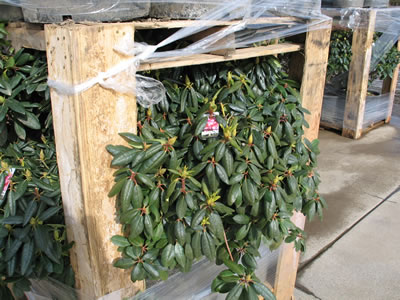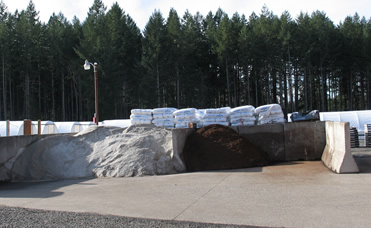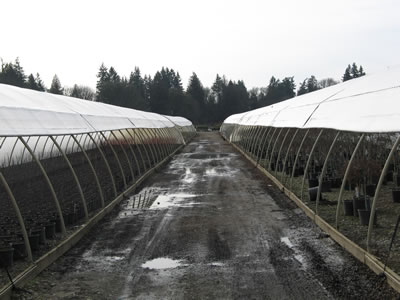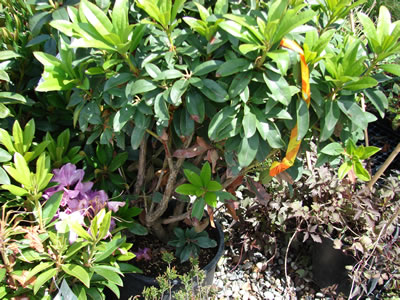Containers
gary.maguireContainers
Disease can be transmitted in a nursery via used containers, which may harbor spores in potting media and plant debris. It is important to use clean containers for high risk host material, such as Rhododendron, Camellia, and Viburnum, to prevent infection of new plants.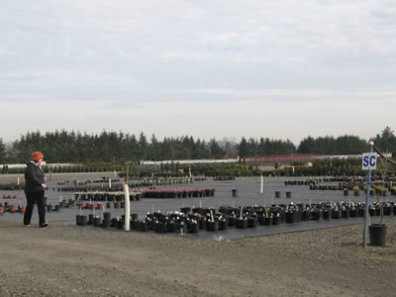
- Recycle old containers and use new ones
-
“Plastic Nursery Pots – Greening Up The Darkest Side of Gardening” by Joe Lamp’l. Joe Gardener, May 2018.
- “Pick your pot” Find out if container alternatives are right for your growing operation. Nursery Management March 2015
-
- Steam sterilization
- “Hotter than ever” by Chris Guntermann. Digger Feb. 2009.
- “Steam treating for weed control” by Whitney Rideout. American Nurseryman April 2012.
- “Using a Steamroom to Sterilize Pallets of Styroblock™ Seedling Containers” by Andy Trent, Robert L. James,Clarke Fleege, and Gary Hileman. In: Riley, L. E.; Dumroese, R. K.; Landis, T. D., tech. coords. 2007. National proceedings: Forest and Conservation Nursery Associations—2006. Proc. RMRS-P-50. Fort Collins, CO: U.S. Department of Agriculture, Forest Service, Rocky Mountain Research Station. Online: http://www.rngr.net/nurseries/publications/proceedings
- Chemical sanitation – USDA approved methods
- Photos – Some ideas for container sanitation methods.
- Let us know if you have other ideas.
